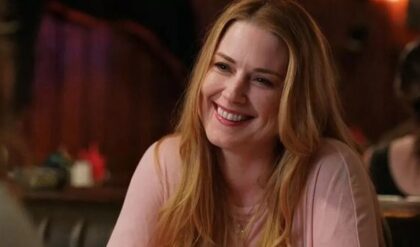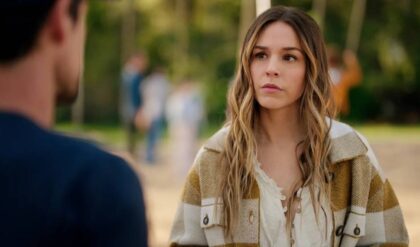
Establishing familial relations has always been difficult in Westeros, hasn’t it?
Back when Game of Thrones was running, very few fans actually bothered to ask where Daenerys Targaryen’s three dragon eggs came from. Asshai means Asshai — after all, who cares? We have dragons now, so nothing else matters, really.
House of the Dragon introduced the community to a whole new level of dragon lore, detailed and intriguing. Suddenly, we’re more interested in these majestic beasts than their owners, and want to trace every dragon’s lineage as thoroughly as possible. And this is where the new information comes into play, especially considering the origin of Daenerys’ eggs.
Dany’s Dragons Were Not From Asshai
When Daenerys Targaryen received her three dragon eggs as a wedding gift, she was told they originated from Asshai. At that point, that wasn’t quite as controversial a statement; but with House of the Dragon, we now know that the vast majority of all dragons were destroyed by the Doom of Valyria, so Asshai sounds a lot less likely.
.jpg)
George Martin ’s Fire & Blood, the source material novel for House of the Dragon, addresses this question, though indirectly. While the book doesn’t go in-depth about it, it explains that only House Targaryen really had dragon eggs at that point — and it also explains exactly how three dragon eggs found their way to the Free Cities of Essos.
Dreamfyre Could’ve Birthed Dany’s Dragons
According to Fire & Blood, Rhaena Targaryen’s lover Elissa Farman was the person who stole the eggs from the Dragonstone hatchery. After falling apart with her partner, Elissa took three eggs and fled to the Free Cities; there, she sold them for funds to begin a new life in Essos. We won’t address how stupid the very idea was.
.jpg)
George Martin doesn’t specify which eggs those were, but he does somewhat imply that they were Dreamfyre’s. Since it hasn’t been confirmed directly so far, there’s a good chance they belonged to another dragon… But let’s be real here. Dreamfyre was the only named dragon we could suspect based on the novel, and wouldn’t it have been poetic that two centuries later, her children would roam the skies?





